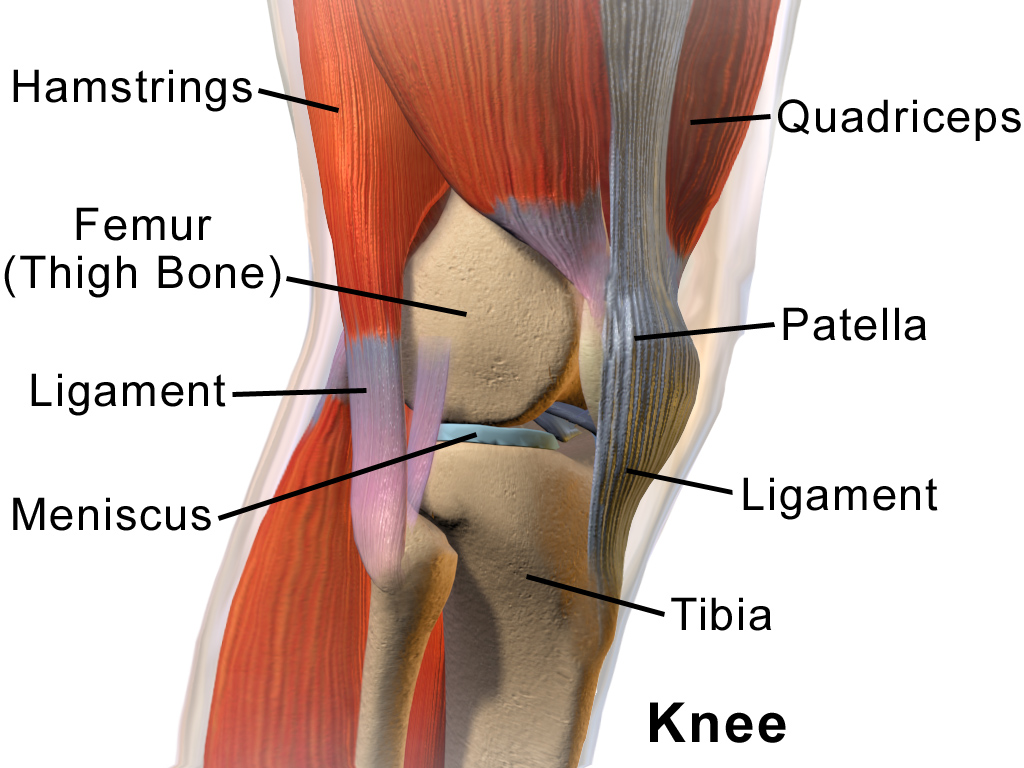Any runners who are experiencing regular knee pain with activity will want to check this out.
Running is one of the best ways for people to get regular exercise and is associated with numerous health benefits. Unfortunately, running can sometimes be stressful on joints such as the knee, and over time this can lead to pain. One of the most common conditions seen in the knees of runners is Patellofemoral Pain Syndrome, also referred to as “Runner’s Knee”. It is characterized by a dull, ill-defined ache in the front  portion of the knee originating from behind the patella, or kneecap.
portion of the knee originating from behind the patella, or kneecap.
Generally speaking, there are a few possible causes for this type of pain. First, the joint between the patella and the femur bone will be evaluated. If moving the kneecap causes a grinding to be felt by the patient, along with any associated pain, this can indicate that some of the cartilage within this joint has been worn down through repetitive stress. X-ray would be the ideal way to see inside the joint to evaluate the cartilage and joint spacing. Patellofemoral Pain Syndrome can also be due to muscle imbalance of the muscles that surround, support, and move the knee joint. The primary muscle group for this is the quadriceps muscles, which is a group of 4 muscles which all attach to a tendon that covers the patella and attached just below the front of the knee. The most common muscle imbalance seen here is between the lateral and medial muscles of the quadriceps. For example, if the lateral muscle is too tight, it can pull on the patella and disturb the normal movement biomechanics of the patella. Finally, we must look outside of the knee joint for other potential causes. Excessive pronation of the foot causes misalignment of the knee joint, which in turn can alter patellar movement. Evaluating how the patient walks can provide valuable clinical information in this manner.
Because Patellofemoral Pain Syndrome is so ill-defined, treatment involves a few components. The primary focus should be on strengthening the quadriceps muscles in order to help restore muscular balance and proper support to the knee joint. If there are any restrictions in the patellofemoral joint, then moving the patella side to side, up and down, and in circular patterns can help free up any restriction that can prevent the patella from moving properly. If there is any associated inflammation in and around the knee joint, then deep tissue laser would be a wonderful option to combat that inflammation and aid in maintaining range of motion.
Runner’s knee doesn’t have to you from running. At The Springfield Wellness Center, we have the tools necessary to help keep you on your feet and moving. Contact us at 217-726-0422 to find out more about how we can help you.
-Dr. Pat
